Web3 developers are an uncommon breed. Scarcity always increases the value of something. So, how do you get into Web3 development?
Some productivity experts would tell you first to establish your objectives, what you want to be, find a niche, and so on. But how will you find it out if you’ve never touched a Web3 product and don’t have enough practical experience to grasp what resonates the most with you?!!
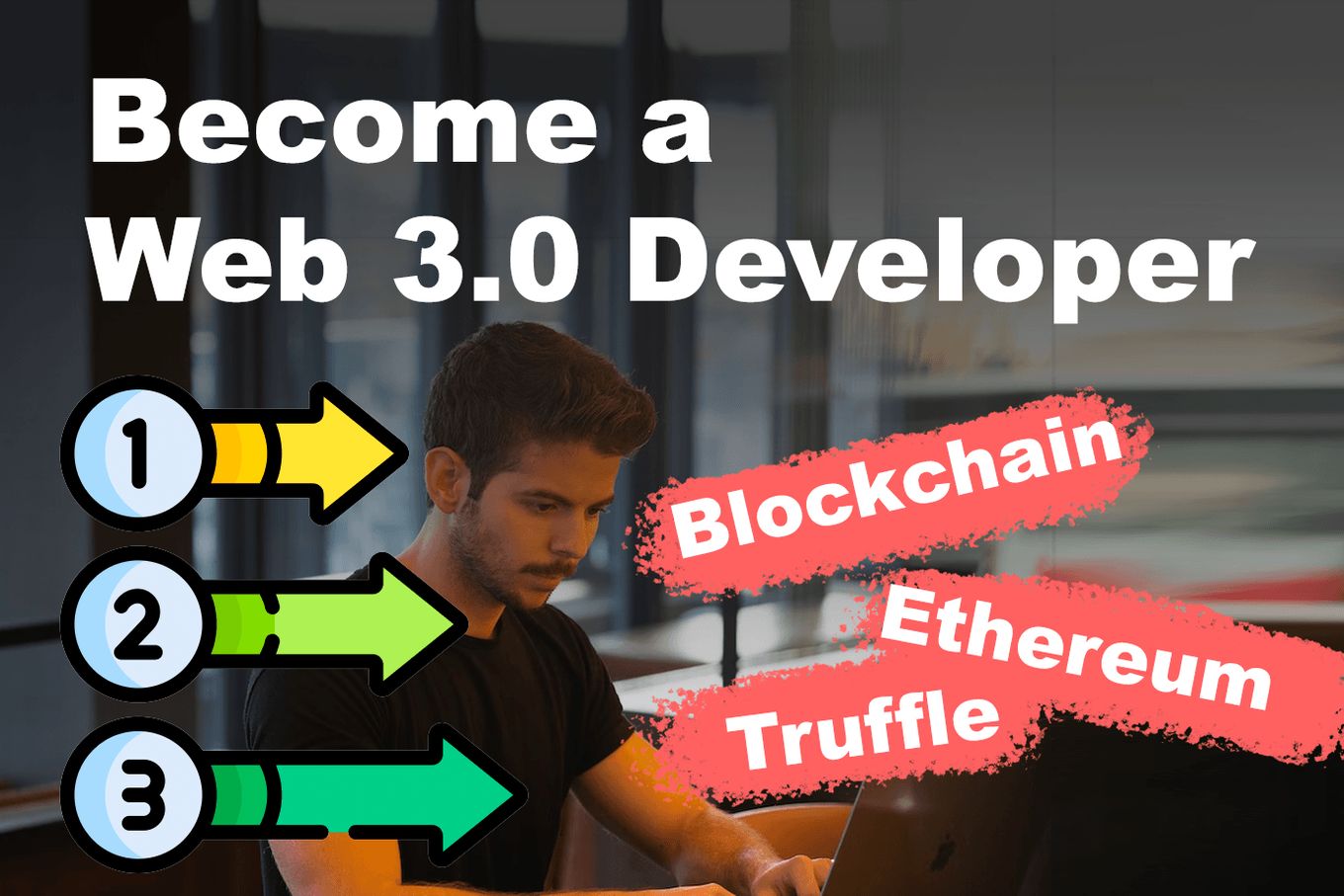
This article will explain what is a Web3 developer and how to become a Web3 developer without becoming lost in the sea of knowledge.
Let’s get this ball rolling.
What Is A Web3 Developer?
A Web3 developer, as the name implies, is someone who creates blockchain-based solutions. This individual is attempting to bring about a decentralized society, and this isn’t for the weak of the heart. A Web3 developer is usually well-versed in mathematics and computer science.
But how does one become a proficient Web3 developer? To even be considered, you must be experienced in blockchain technology. But that’s only the beginning: you’ll also need strong problem-solving abilities and creativity and communication skills.
Make sure to first check the difference between Web2 and Web3 if you don’t have it clear yet.
How To Become A Web3 Developer?
Your search for “how to be a Web3 developer” ends here, as we’ve spent days collecting, evaluating, analyzing, reviewing, and preparing a set of information that will be a roadmap for you to reach your goal.
1. Learn Blockchain
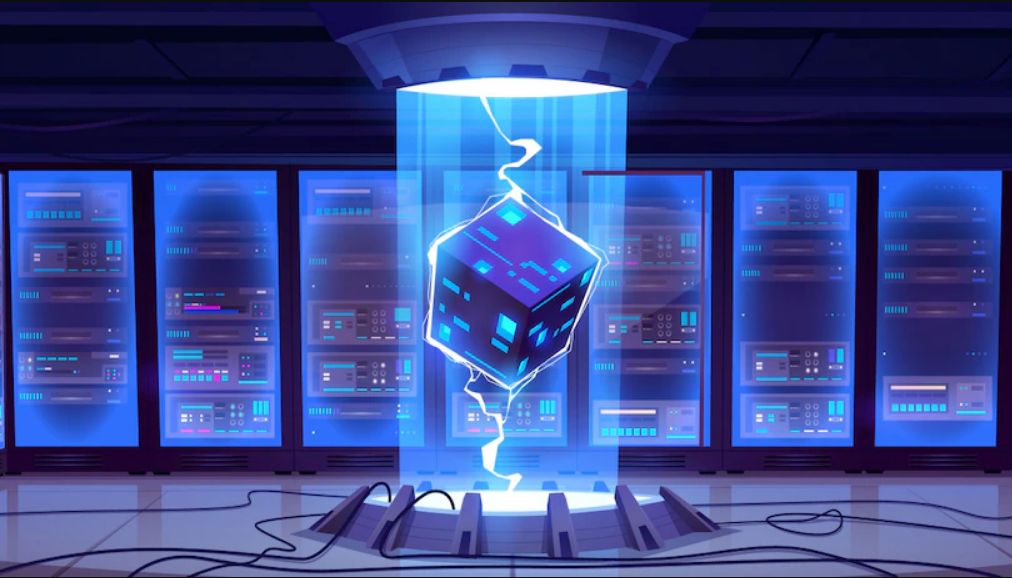
The first concept you must grasp to qualify as a Web3 developer is blockchain. This will allow you to quickly construct and optimize smart contracts (more on this later)
A blockchain is a user-owned, immutable, public, and decentralized database. The data is kept in blocks (therefore the term “Blockchain”) Each block includes its contents, hash, and the preceding block’s hash to connect the blocks.
The hash is a one-of-a-kind string generated from the data. The hash changes depending on the information. This could have come up while deploying JWT credentials in NodeJS.
If one of the blocks is tampered with, the hash alters, and the subsequent blocks become invalid because the chain is broken. Consequently, the user would have to reevaluate all of the blocks within the chain, which would take a very long time.
Versions of blockchains are recorded and maintained on computers called nodes all across the world. As a result, you’ll need to access most machines and repeat the process. It’s quite challenging for a machine to perform all of this quickly enough for the network to detect and remove the fraudster from the blockchain.
2. Embrace The Power of Ethereum
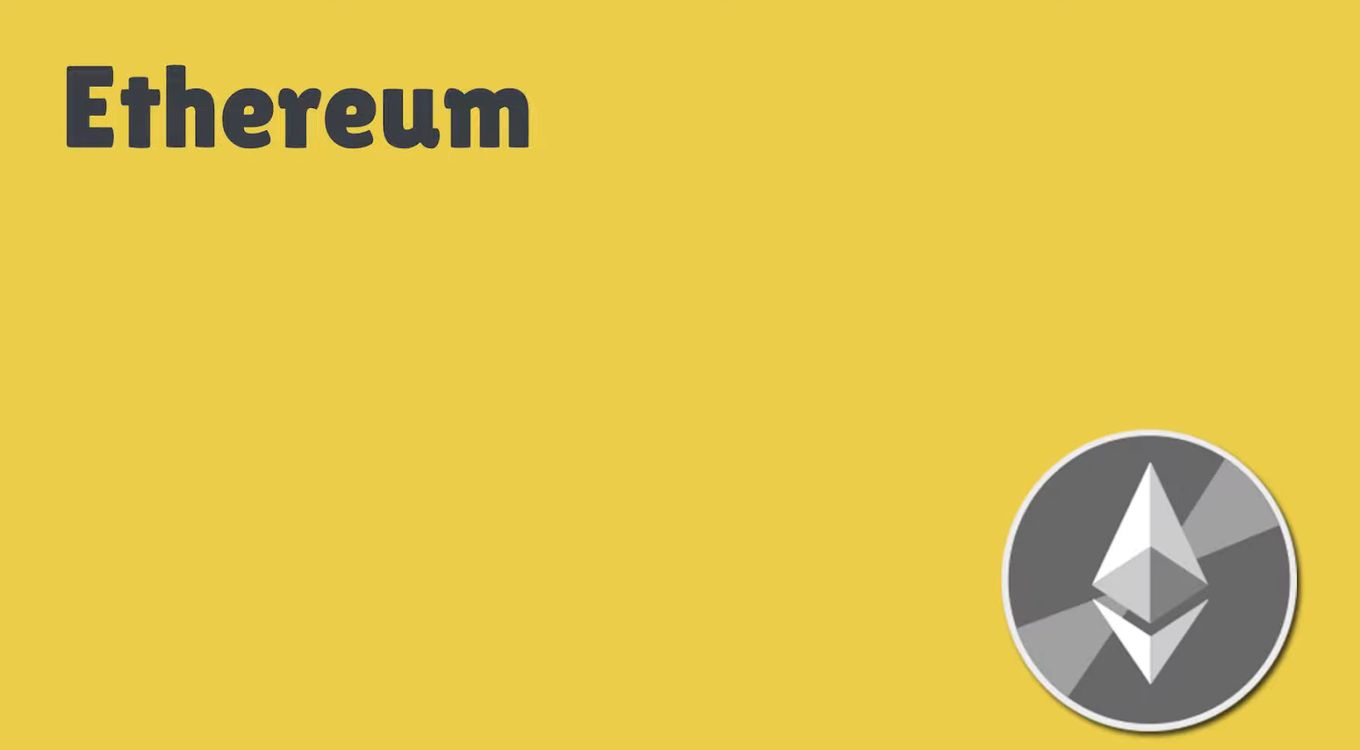
Ethereum is a popular blockchain that facilitates the execution of smart contracts. In 2022, Ethereum will be, without a doubt, the most prevalent blockchain for establishing smart contracts.
Solidity is the programming language used to create smart contracts. The paperwork is an excellent starting point for understanding more about Ethereum.
3. Learn All About Front End Development
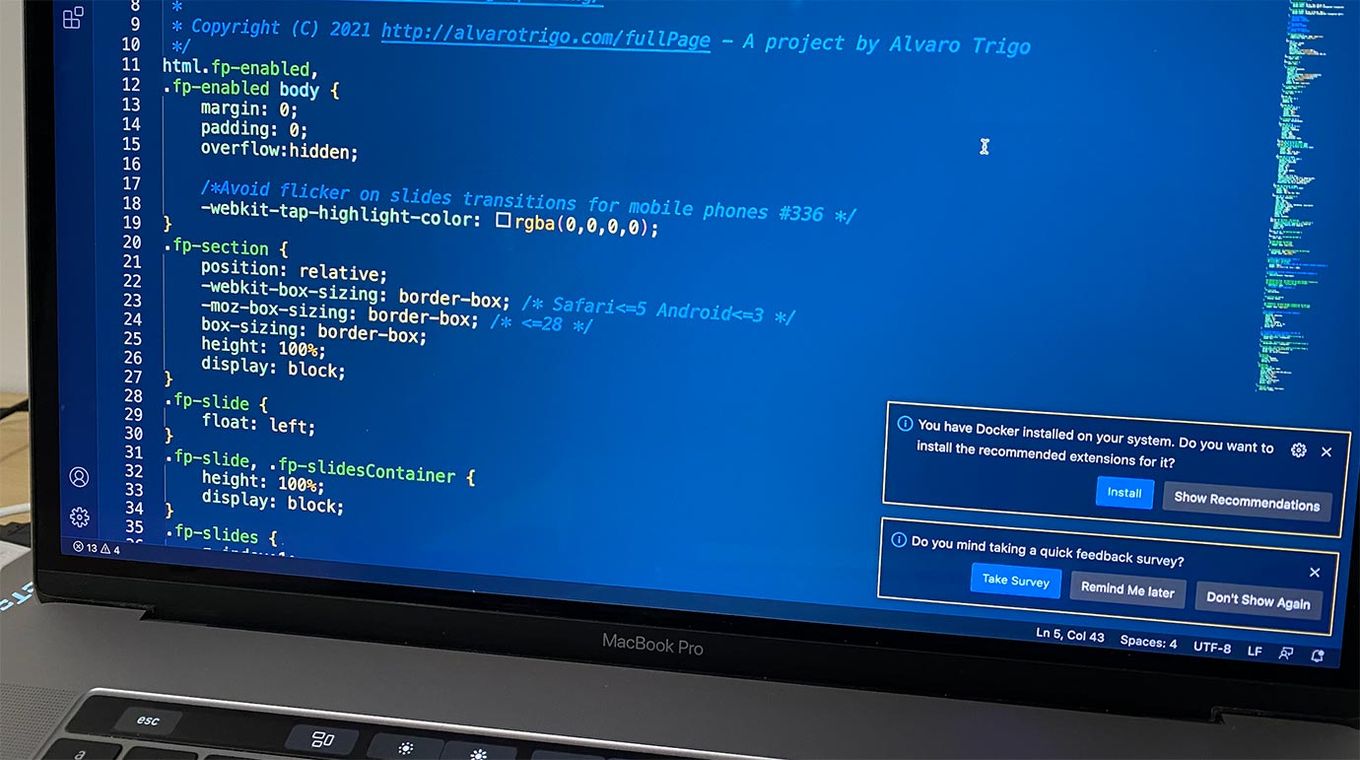
As previously stated, although blockchain technology powers the backend of DApps, the frontend is written in JavaScript. Here’s what you should know:
- Frameworks for JavaScript [Recommended] — Angular/React/Vue
- JavaScript – ES6, Classes, Functions, Variables, and so forth.
- [Optional] — Semantic UI, Bootstrap, Tailwind, etc.
- Frameworks for CSS
- CSS – Fundamental Properties, Flex, and Grid
- HTML — HTML tags that are commonly used
I also recommend studying web2 backend as a backup in case Web3 fails. Here is what you need to know about the backend, such as NodeJS Fundamentals like Event Loop, API Framework like Express, and Databases like MongoDB.
4. Learn & Understand Smart Contracts

Smart contracts are contracts that are executed by irreversible code on the blockchain. Smart contracts are comparable to JavaScript classes. DApps are powered by these.
Understanding the notion of smart contracts isn’t enough; you need also to be able to create them.
This is where Solidity enters the picture. Solidity is a high-level, object-oriented programming language designed primarily for the creation of smart contracts.
However, because Solidity is so young, there are few resources to help you learn it. The greatest approach to learning is to construct projects and solve difficulties by consulting the documentation. Consider other sites which follow a similar trend.
5. Learn About Connection & Integration: ether.js and Web3.js
Now that you understand how to create smart contracts, you must put them to use. There are two primary libraries for doing this: Web3.js and ether.js.
Ether.js
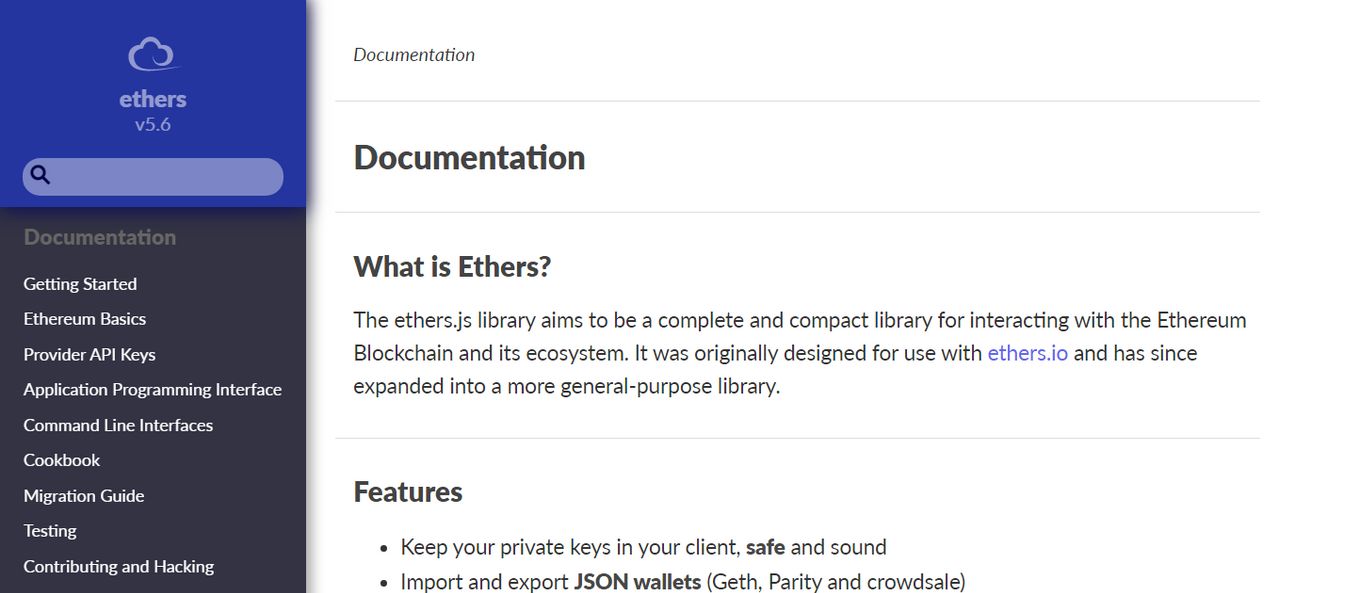
Ether.js is a JavaScript library, which is a compact library that enables all developers to interact with the Ethereum blockchain.
The library contains utility scripts present in both TypeScript and JavaScript. It also contains the capabilities of the Ethereum wallet. It was created by “ETHERS” and it’s open-source through the MIT license.
Web3.js

Web3.js is an open-source library, which was created by the Ethereum Foundation. It contains functions that enable the interaction with an Ethereum node through JSON-RPC [JavaScript Object Notation – Remote Procedure Call].
This library will also allow all the developers to interact with the Ethereum blockchain.
6. Try Truffle – A Smart Contract Tool
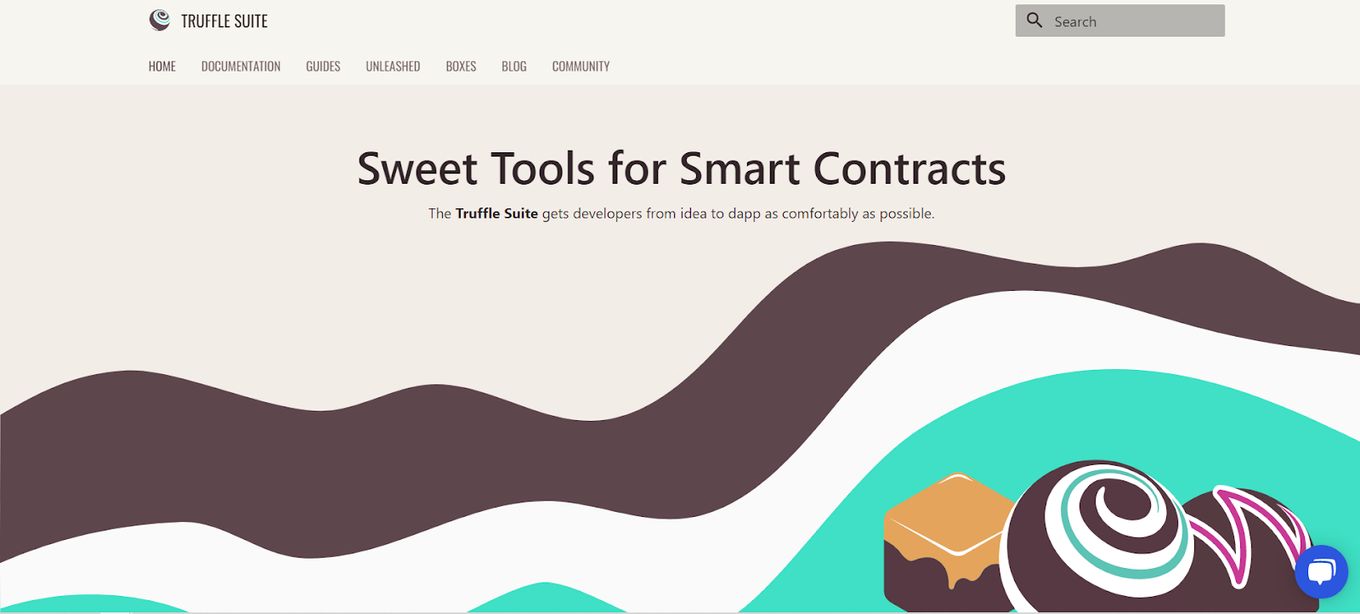
Truffle is my preferred smart contract development tool. It allows you to compile and use smart contracts in the front-end code.
Ganache also includes Truffle, which replicates a blockchain and adds test accounts, among other things. It’s quite beneficial to avoid boilerplate.
7. Developer Tools – Start With Alchemy
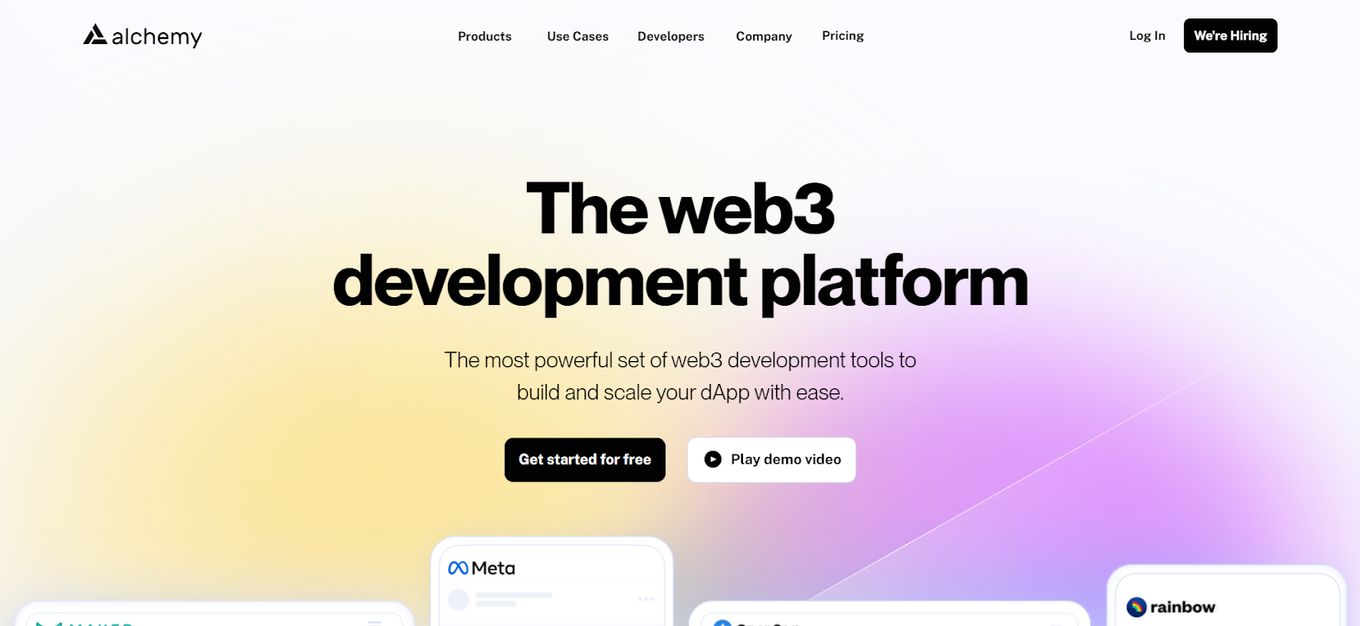
Alchemy is a set of developer tools for prototyping, debugging, and shipping projects more quickly. Alchemy supports a variety of chains, including Ethereum, Starknet, Flow, Polygon, and others.
It offers an excellent NFT API that enables you to get the NFT acquisition ready for use rapidly. It also features a supercharged blockchain API and supports Web3.0 push notifications.
8. Learn What ‘Remix’ Is

Remix Ide is a browser-based IDE designed exclusively for creating Ethereum smart contracts with Solidity.
There is no need for setup; you may begin writing code right away. It builds your code and allows you to simply test it. Not only that but your smart contract can be readily deployed.
9. Try Hardhat
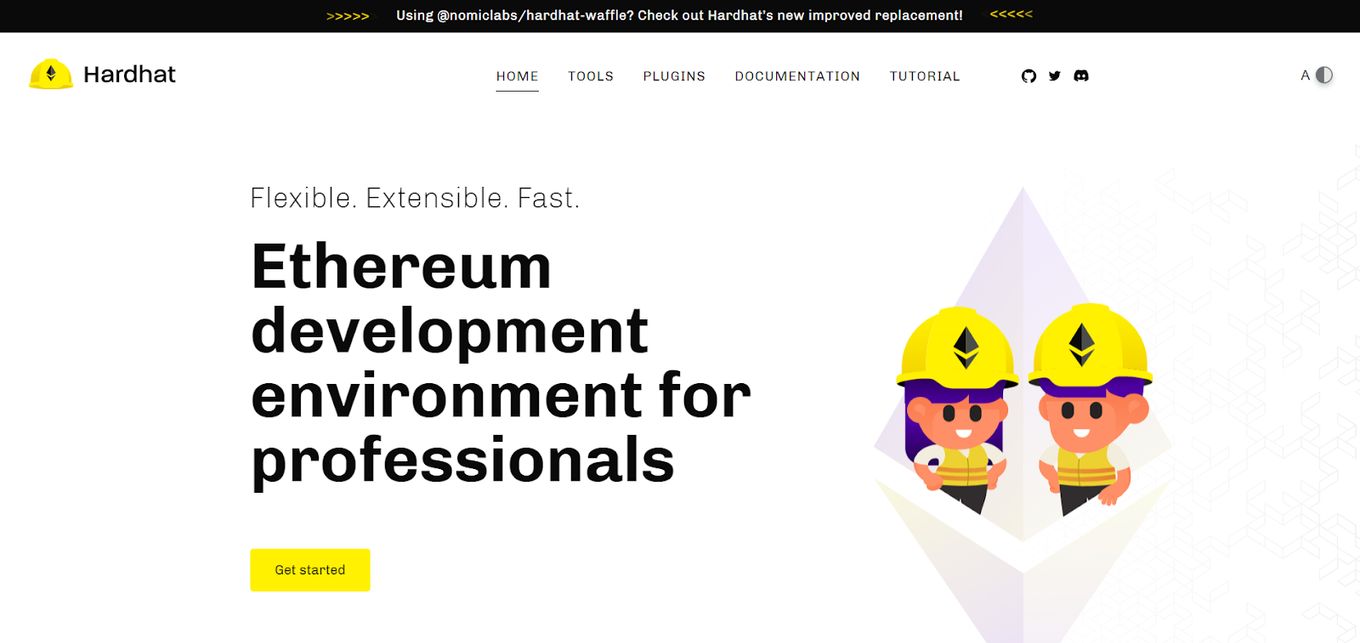
Although Remix is fantastic, it isn’t always enough, and you may miss your VS Code configuration with all 42 extensions. If you use VS Code, you’ll have to have a local Ethereum environment. This is where HardHat comes in.
Hardhat makes it simple to deploy contracts, debug Solidity code, and perform tests. You may run your contract on various networks, including Mainnet, Rinkeby, and Ropsten. Oh, and it supports TypeScript as well.
Do You Need Any Skills For Web3 Developer Training?
This is not a checklist of talents a Web3.0 developer should possess to achieve their goals. This is a checklist of abilities required for each aspiring web 3.0 developer.
- Understand The Principles Of Programming. Learning and understanding all the principles of programming will surely turn you into an excellent Web 3.0 developer. It will improve the coding quality and also add some changes or functions to make it simple for everyone.
- Leverage Blockchain Technology. It’s highly important to have good knowledge about Blockchain if you aim to become a Web 3.0 developer. It will allow you to optimize and architect all the smart contracts.
- C++, Javascript, Python, Solidity, And Go. If you wish to become a professional Web 3.0 developer, you need to understand the programming language, which is used for creating smart contracts.
- Web Algorithms And Data Structures. You must have good knowledge about the data structures and web algorithms that you will be working with. They are the main pieces of the project and having good knowledge about them will improve your coding abilities.
- Strong Analytical Abilities. Having excellent analytical abilities can help you greatly. It will help you tackle all the complex problems by evaluating the information that you have organized and gained.
- Be Up To Date Regarding Encryption And Blockchain Technology. Reading up on the latest industry advances and comprehending related topics like encryption and blockchain technology is a fantastic method to acquire these abilities.
- Data Science Methodologies. You might also want to look at projects like The Data Science Handbook or Data Science for Dummies, which provide beginners excellent insights into contemporary data science methodologies.
Web3 Developer Roadmap: Insights You Must Know!
If you want to know how to become such an IT professional, you need to follow this Web3 developer roadmap:
- Learn The Fundamentals Of Computer Science Before Web3.0 And Blockchain
- Learn The Fundamentals Of Blockchain
- Learn What A Decentralized Application Is
- Learn Front End And Back End Development
- Learn What Ethereum Is And How It Works
- Learn Smart Contracts
- Learn Solidity To Develop And Deploy Smart Contracts
- Connect Your Dapp Front-End
- Learn Alchemy, Remix Ide, Hardhat, And Truffle
How Much Do You Earn After Becoming A Web3 Developer?
The average salary of a Web3 developer in the world is $100k – $147k per year. The exact salary depends on the individuals’ years of experience, programming language, technology, seniority, and location.
- North American Web3 Developer. $120k – $290k per year.
- Lead Developer. $147k – $500 per year.
- Rust Developer. $120k – $280k per year.
Check out our list with some of the top Web 3 Startups and top Web 3 Companies out there! See what they are working on and what kind of roles they usually look for.
Conclusion: Become a Web3 Developer Today!
You’ve learned a lot from this guide. You now understand how to work as a Web3 developer.
This is no rocket science, but I strongly believe anyone who values and knows technology and finds it intriguing can become a Web3 developer.
So stop thinking and start doing. Focus on the process and the results will come.
![11 Must-Have Skills If You Want to Be a Web Developer [2024] web developer required skills share](https://alvarotrigo.com/blog/wp-content/uploads/2023/08/web-developer-required-skills-share-300x150.png)
![23 Best Web 3 Startup Companies in 2024 [Trendy Now] web3 startups share](https://alvarotrigo.com/blog/wp-content/uploads/2023/08/web3-startups-share-300x150.png)
![9+ Great Website Ideas for 2024 [Show Off Your Skills] website ideas share](https://alvarotrigo.com/blog/wp-content/uploads/2023/08/website-ideas-share-300x150.png)
![15 Best Portfolio Website Builders in 2024 [Reviewed & Ranked] portfolio website builders share](https://alvarotrigo.com/blog/wp-content/uploads/2023/08/portfolio-website-builders-share-300x150.png)
![Web3 Gaming - What is it? [Full Explanation] web3 gaming share](https://alvarotrigo.com/blog/wp-content/uploads/2023/08/web3-gaming-share-300x150.png)
![Website Terminology [Terms You Need To Learn] website terminology share](https://alvarotrigo.com/blog/wp-content/uploads/2023/08/website-terminology-share-300x150.png)